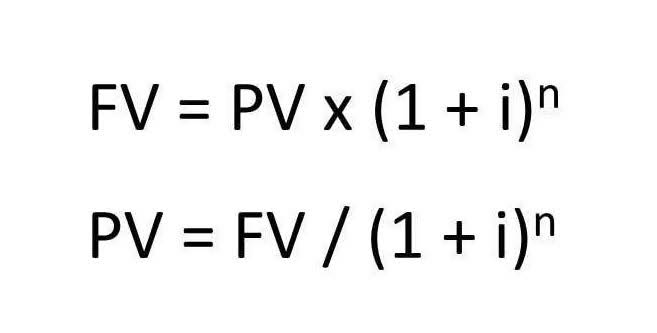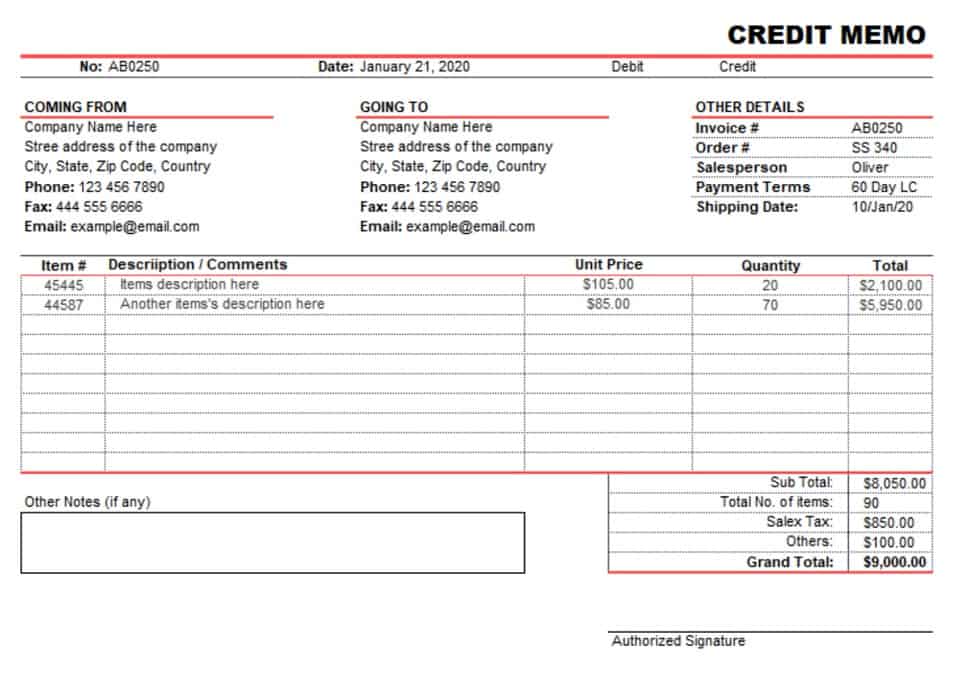
QuickBooks Online uses double-entry accounting, so this initial capital is necessary for recording the Opening Balance of new accounts. Generally this only occurs when a new set of books is opened, as any accounts created thereafter can have both ends originate from within the business. For instance, a new bank account can have its beginning balance fed by transferring from an existing account or a loan will contribute its asset and liability simultaneously. It is extremely important for a business to maintain its bookkeeping financial records to showcase the company’s real state.
Initial Setup of Opening Balance Equity

This is the amount of money in the account at the start of the fiscal year. QuickBooks will automatically create an entry in the Opening Balance Equity account to balance the books. what is opening balance equity Negative opening balance equity can show owing to reasons like incorrect or duplicate entries, mistakes in bank reconciliation, bank reconciliation not done, etc.
You add a new item to the chart of accounts

You want your balance sheet to show what’s really going on with your finances. When you add a new inventory item to your chart of accounts, QuickBooks may ask you to specify an opening balance for this item. It can be the initial quantity of inventory on hand or the value of the inventory at the moment of setup. Shouldn’t this balance have a corresponding entry in another account, the OBE account will reflect it. Adding a new item to your chart of accounts – a new inventory item, a customer, or a vendor entry – may https://www.bookstime.com/articles/what-is-partnership-accounting result in the appearance of the opening balance equity account. In this case, your assets usually represent your initial investment, the starting capital of the business.
- Ensuring all finances are accounted for will make filing your income taxes much easier.
- I’ll chime into this conversation and share some information about the Opening Balance Equity (OBE) account in QuickBooks Online (QBO).
- I also appreciate the screenshot you’ve shared that shows the amount for this account in your Balance Sheet report.
- At SMB Center, we are committed to providing you with the best small business advice and resources.
- You can have an opening balance for different types of accounts, like how much money you have in the bank (assets), what you owe to others (liabilities), or what your business is worth (equity).
Close Opening Balance Equity to Retained Earnings at Year-End

If you’re a QuickBooks user and have stumbled across an item called “Opening Balance Equity” in your balance sheet’s equity section, this blog post is just for you. The balance should be zero and your new QuickBooks company file is complete and accurate as of the start date. Leaving a balance in the OBE account can misrepresent your company’s equity position. For example, if the account has a $5,000 balance, your equity section will show incorrect figures, which could lead to issues during audits, tax filings, or financial analysis. If merging businesses, QuickBooks may temporarily use OBE to balance the combined assets, liabilities, and equity.
- We’ll need your bank statement to make sure they match your bank and credit card statements.
- Additionally, for businesses managing extensive sales transactions, PayTraQer offers an ideal solution by automating the synchronization of payment data between QuickBooks and your payment platforms.
- No, the OBE account cannot be deleted because it is a system-generated account integral to QuickBooks.
- At this point, the balance might come from several sources, including adjustments and accruals.
- In simple words, if a new post is added on the asset side of the balance sheet, the same amount usually goes on the other side of the equation.
- Book your seat at our Weekly Public Demo to see how you can do it with Synder, or explore it yourself with a 15-day all-inclusive free trial.
- This misrepresentation can lead to an incorrect assessment of the company’s financial stability, potentially misleading stakeholders and investors.
Balancing the Books

This confusion arises from the fact that Opening Balance Equity represents the residual amount of funds that cannot be explicitly identified with other equity accounts. As a result, investors and stakeholders may find it challenging to accurately interpret the financial position and historical performance of the business. This lack of clarity can hinder their ability to make informed investment decisions, as it introduces an element of uncertainty into their assessments of the company’s financial stability and growth prospects.
Balance Sheet Presentation

Opening Balance Equity is a temporary holding account used by QuickBooks to offset the difference between the debits and credits that result when you enter opening balances for accounts during setup. Therefore, when dealing with another current liability account, such as any loan, a credit entry to the account will decrease its balance. This will also apply to any asset account when entering its opening beginning balance in the opposite way. Correcting this requires creating a journal entry to reclassify the Opening Balance Equity and zero it out. In our example, the Opening Balance Equity represents owner contribution (the $10,000 of your own money you put in), retained earnings (the $2,500 you earned), and debt (the $7,500 you borrowed).


